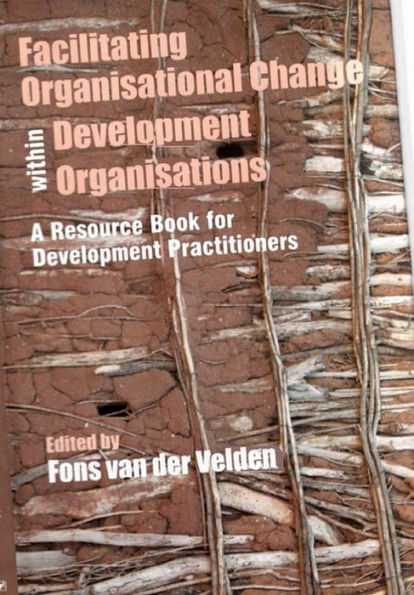Facilitating Organisational Change within Development Organisations: A Resource Book for Development Practitioners
The science of Animal breeding is defined as the application of the principles of Genetics and biometry to improve the efficiency of production in farm animals. These principles were applied to change animal populations thousands of years before the sciences of genetics and biometry were formally established. The practice of animal breeding dates back to the Neolithic period, when people attempted to domesticate wild species such as reindeer, goats, hogs and dogs. Domestication was performed through controlled mating and reproduction of captive animals which were selected and mated based on their behaviour and temperament. Judging from cave paintings that have survived, selection was also applied to some qualitative traits such as coat colour and the absence or presence of horns. Mating animals of the same breed for maintaining such breed is referred to as purebred breeding. Opposite to the practice of mating animals of different breeds, purebred breeding aims to establish and maintain stable traits, that animals will pass to the next generation. By "breeding the best to the best," employing a certain degree of inbreeding, considerable culling, and selection for "superior" qualities, one could develop a bloodline or "breed" superior in certain respects to the original base stock.
1143406264
Facilitating Organisational Change within Development Organisations: A Resource Book for Development Practitioners
The science of Animal breeding is defined as the application of the principles of Genetics and biometry to improve the efficiency of production in farm animals. These principles were applied to change animal populations thousands of years before the sciences of genetics and biometry were formally established. The practice of animal breeding dates back to the Neolithic period, when people attempted to domesticate wild species such as reindeer, goats, hogs and dogs. Domestication was performed through controlled mating and reproduction of captive animals which were selected and mated based on their behaviour and temperament. Judging from cave paintings that have survived, selection was also applied to some qualitative traits such as coat colour and the absence or presence of horns. Mating animals of the same breed for maintaining such breed is referred to as purebred breeding. Opposite to the practice of mating animals of different breeds, purebred breeding aims to establish and maintain stable traits, that animals will pass to the next generation. By "breeding the best to the best," employing a certain degree of inbreeding, considerable culling, and selection for "superior" qualities, one could develop a bloodline or "breed" superior in certain respects to the original base stock.
449.99
In Stock
5
1

Facilitating Organisational Change within Development Organisations: A Resource Book for Development Practitioners
202
Facilitating Organisational Change within Development Organisations: A Resource Book for Development Practitioners
202
449.99
In Stock

Product Details
| ISBN-13: | 9789355943125 |
|---|---|
| Publisher: | Arts & Science Academic Publishing |
| Publication date: | 06/30/2021 |
| Sold by: | Barnes & Noble |
| Format: | eBook |
| Pages: | 202 |
| File size: | 747 KB |
About the Author
From the B&N Reads Blog
